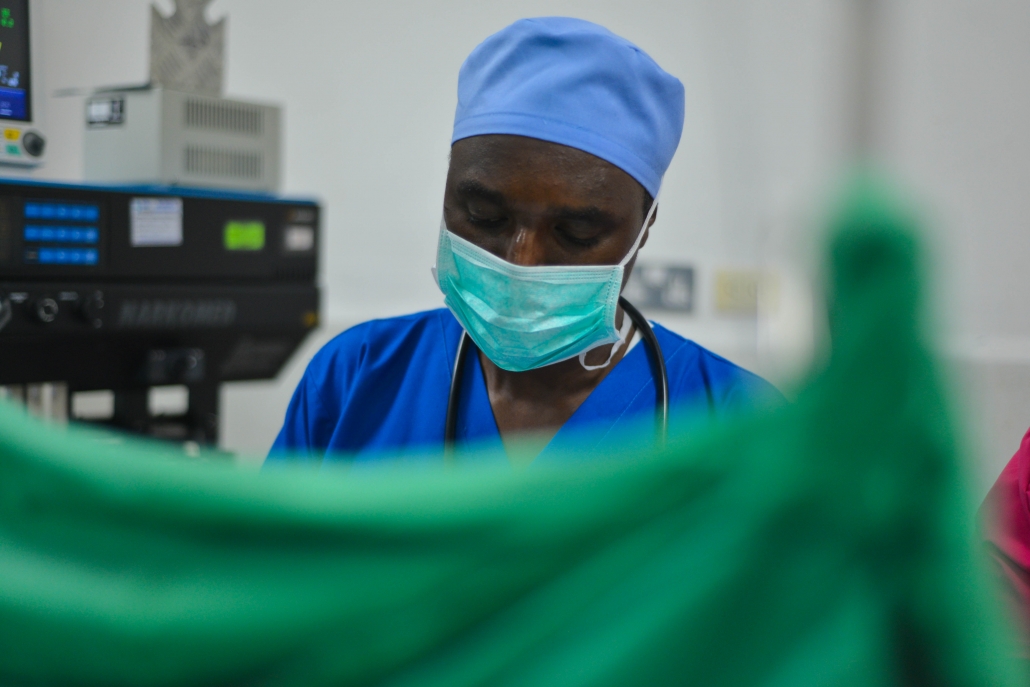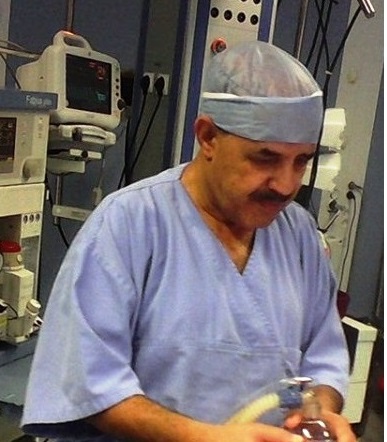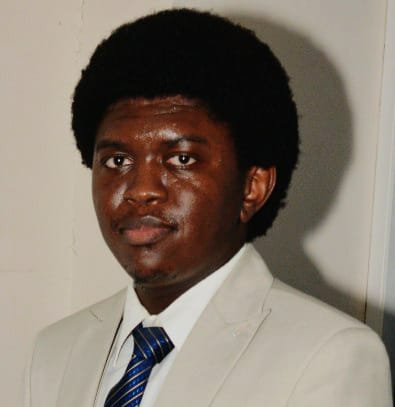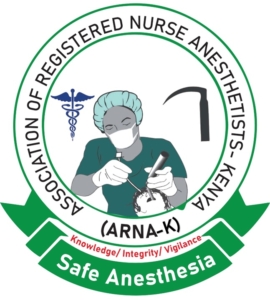Investing in anesthesia workforce: a case for non-physician anesthetists
/in Continuing Medical Education, KRNA updates, News, Uncategorized /by KRNA
Five billion people lack access to safe surgical and anesthesia services. In some parts of the world, this translates to more than 95% of the population without access to safe surgery. Surgery is described as the neglected step-child of Global Health. In the same breath, anesthesia is surgery’s ‘invisible sister’.
Surgical and anesthesia services are increasingly becoming an essential component of primary health services. Surgery is essential in a range of medical interventions including breast, ovarian, and cervical cancer treatment and management of life-threatening conditions like obstructed labor. For conditions like Cleft lip and palate, a forty-five-minute surgery can put a smile back on a child’s face. Trauma, described as a silent epidemic in Africa also needs comprehensive surgical systems.
Statistics from the 2017 survey conducted by the World Federation of Societies of Anesthesiologists (WFSA) Workforce survey show that in 33 African countries, non-physician anesthetists comprise more than 50% of the anesthesia workforce. This survey also found that many African countries have a significant limited number of anesthetists. This workforce shortage coupled with limited resources not only makes safe surgery inaccessible but also has a direct impact on patient outcomes. A cross-sectional survey conducted in East African countries found inadequate anesthesia staffing as one of the challenges affecting safe obstetric anesthesia.
Statistics from the 2017 survey conducted by the World Federation of Societies of Anesthesiologists (WFSA) Workforce survey show that in 33 African countries, non-physician anesthetists comprise more than 50% of the anesthesia workforce. This survey also found that many African countries have a significant limited number of anesthetists. This workforce shortage coupled with limited resources not only makes safe surgery inaccessible but also has a direct impact on patient outcomes. A cross-sectional survey conducted in East African countries found inadequate anesthesia staffing as one of the challenges affecting safe obstetric anesthesia.
“As surgical capacity grew in Tunisia, anesthesia was largely provided by non-physician anesthetists. Some of the first surgeries including open heart (cardiac), pediatrics and neurosurgery were conducted with NPA staff as part of the surgical team”.

An article titled Imagine: Facing Surgery Without An Anesthesiologist On Hand published in 2017- printed a correction to highlight that nurse anesthetists can play a role in alleviating the shortage of anesthesia providers. Such an oversight is a commentary to the common perception that access to safe anesthesia lies solely in the investment in training of anesthesiologists. Progress in attempting to change this mindset has begun. The International Federation of Nurse Anesthetists is working with the WFSA to find common ground for partnership for the benefit of safe anesthesia and increased access to anesthesia and surgical care for the world’s population.

Non-physician anesthetists in Africa have, and will continue to be a crucial part of the global anesthesia workforce. Given their geographical distribution and service delivery to underserved communities, often in under-resourced facilities; it is imperative to support and equip them to provide safe anesthesia. Training of NPAs is one strategy that can be applied to expand surgical volumes in rural settings. Given their significant contribution, it is critical to invest in strengthening the training and practice of NPAs. A 2019 study conducted in Western Kenya found that nurse anesthetists may be associated with an increase in the number of surgeries performed. Investing in them is NOT a stop-gap measure but a sustainable solution to meet the anesthesia workforce needs and expand access to safe surgery.

The IFNA has led the support for the first regional conference in Africa. This event hopes to bring together African NPAs to learn, share and collaborate to improve their practice. African NPAs are encouraged to take advantage of this Continental event to identify common ground for long time cross-border projects starting with education as a top priority.


 ARNA-K
ARNA-K